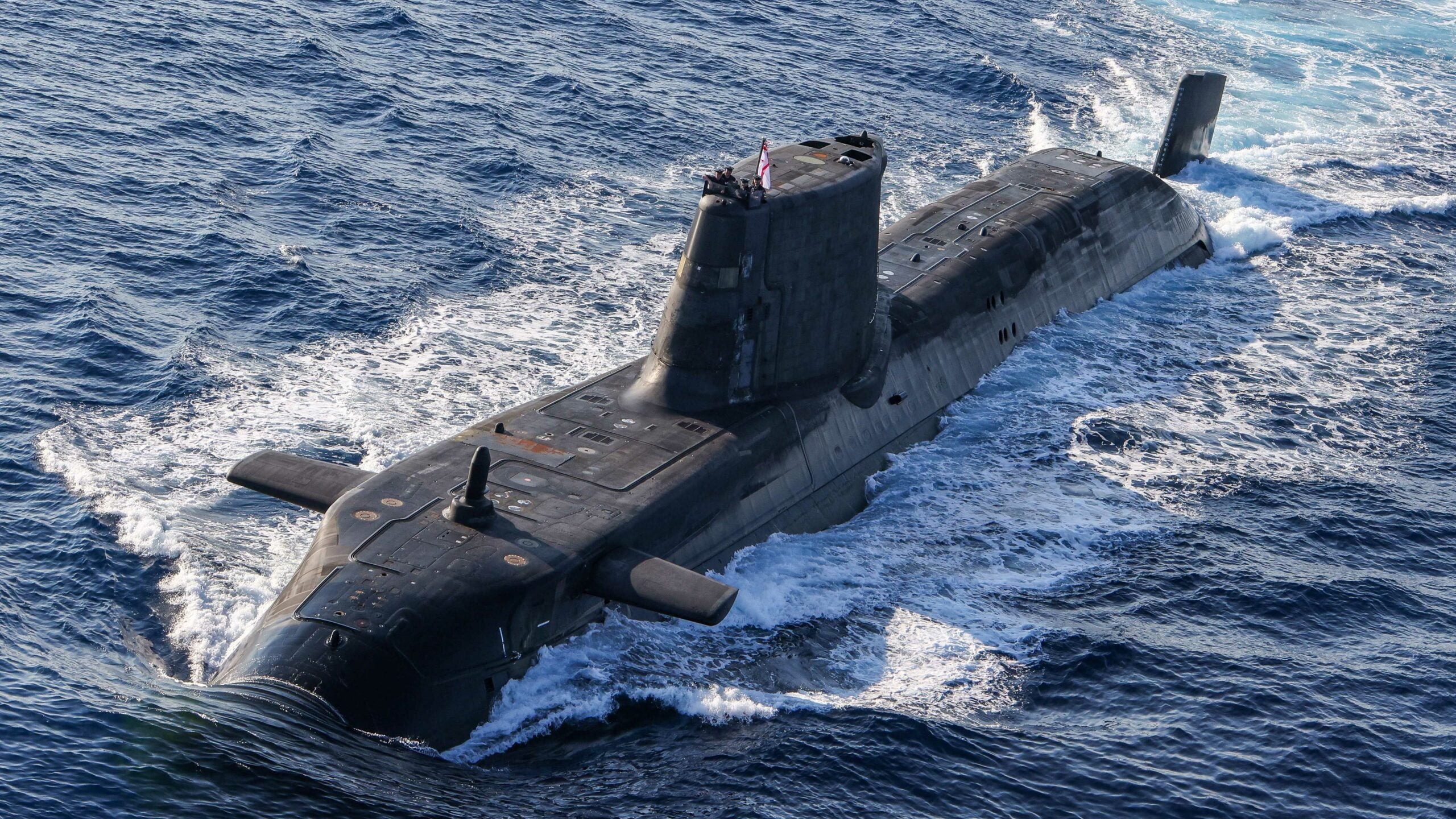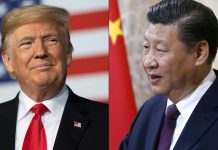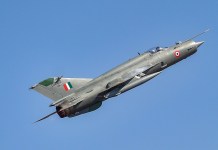Australia and the UK have not discussed the possibility of stationing British nuclear submarines on the Australian continent, while a greater frequency of military exercises can be expected, Australian Defense Minister Peter Dutton said on Friday.
“In terms of basing [of British nuclear submarines], there is no proposal on the table, to provide the additional basing. And into the future, given the nature of the relationship it could be something that we discuss at an appropriate time, if it is suitable to both parties,” Dutton said in a press conference, following the Australia-UK ministerial consultations.
He added that the Australia-UK military collaboration is not limited to the deployment of nuclear submarines, stressing that amid rising China’s assertiveness in the Indo-Pacific, stronger cooperation within AUKUS, a trilateral security pact between Australia, the UK and the United States, should be expected.
“I think what you will see is a greater regularity in visits, training, in people being embedded… and certainly greater cooperation in exercises,” Dutton said.

The Australia-UK consultations were held Friday as part of UK Foreign Secretary Liz Truss and Defense Secretary Ben Wallace’s visit to Australia. The sides discussed deepening strategic partnership and cooperation in the Indo-Pacific to ensure stability in the region.
According to the joint statement released after the meeting, Australia and the UK pledged to continue working with the United States “to pursue the optimal pathway for the delivery of a nuclear-powered submarine capability for Australia,” while reiterating their unwavering commitment to the highest standards of nuclear safety and security.
The AUKUS partnership, established in September 2021, aims at providing Australia with its own fleet of nuclear-powered submarines, with at least eight submarines planned to be delivered. Russia and China have raised concerns about the security challenges in the region stemming from the AUKUS establishment, saying that could result in the collapse of the nuclear non-proliferation regime.
Meanwhile, according to a report from the Australian Strategic Policy Institute (ASPI), the new nuclear submarine fleet under the AUKUS partnership is expected to cost Australia as much as 171 billion Australian dollars ($121.7 billion) and will not be deployed for at least two decades.
“Since the longer schedule of a continuous build would give the out-turning more time to take effect, the out-turned cost would be between $153 billion and $171 billion,” the report said.
At the same time, the think tank expects the initial cost of the project to be at least 70 billion Australian dollars. However, in reality, it may turn out to be more than twice as expensive, given the need for protective nuclear safety measures, the report said.
“It’s highly likely that it will cost substantially more once the cost drivers are more clearly understood. Those include both the US and UK moving to bigger submarine designs, our choice of build strategy, and the broader support system and infrastructure needed to operate nuclear submarines,” the report added.

According to the institute, it will take at least two decades before Australia has a useful nuclear-powered military capability.
In mid-September, Australia, the United States and the United Kingdom announced the new trilateral defense partnership, which forced Canberra to give up on a $66 billion contract with France to develop 12 state-of-the-art conventionally powered attack submarines, as the alliance promises to enhance Australia’s fleet with nuclear-powered submarines.
Australia’s new project will take 18 months just to select a model of a submarine in the US and UK under the AUKUS partnership. However, ASPI believes that the deal will provide Australia with a regional strategic advantage.
- Via Sputnik News Agency
- Follow EurAsian Times on Google News




